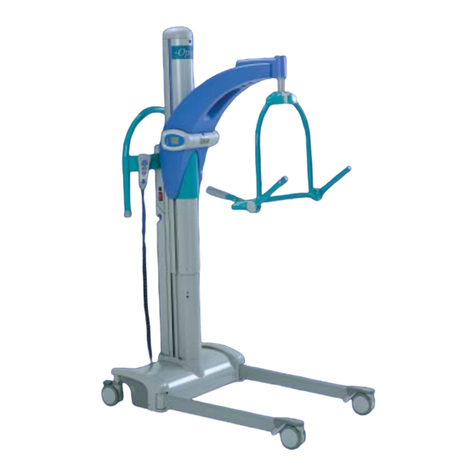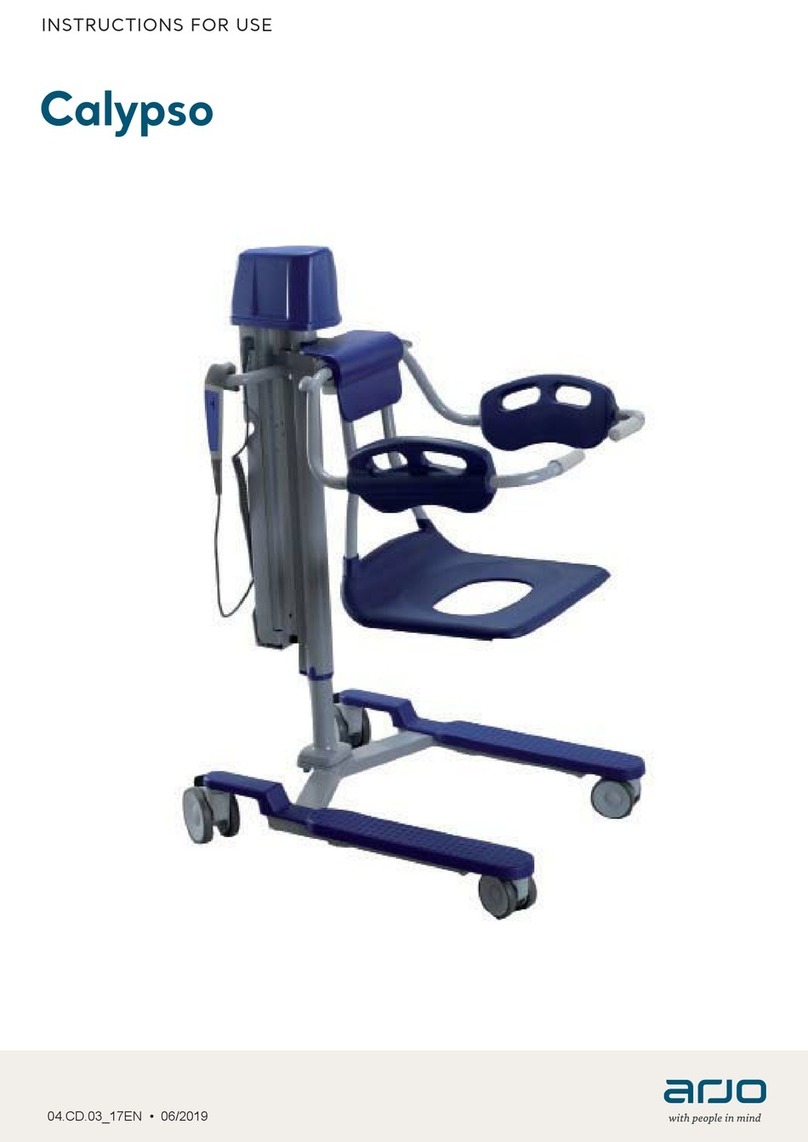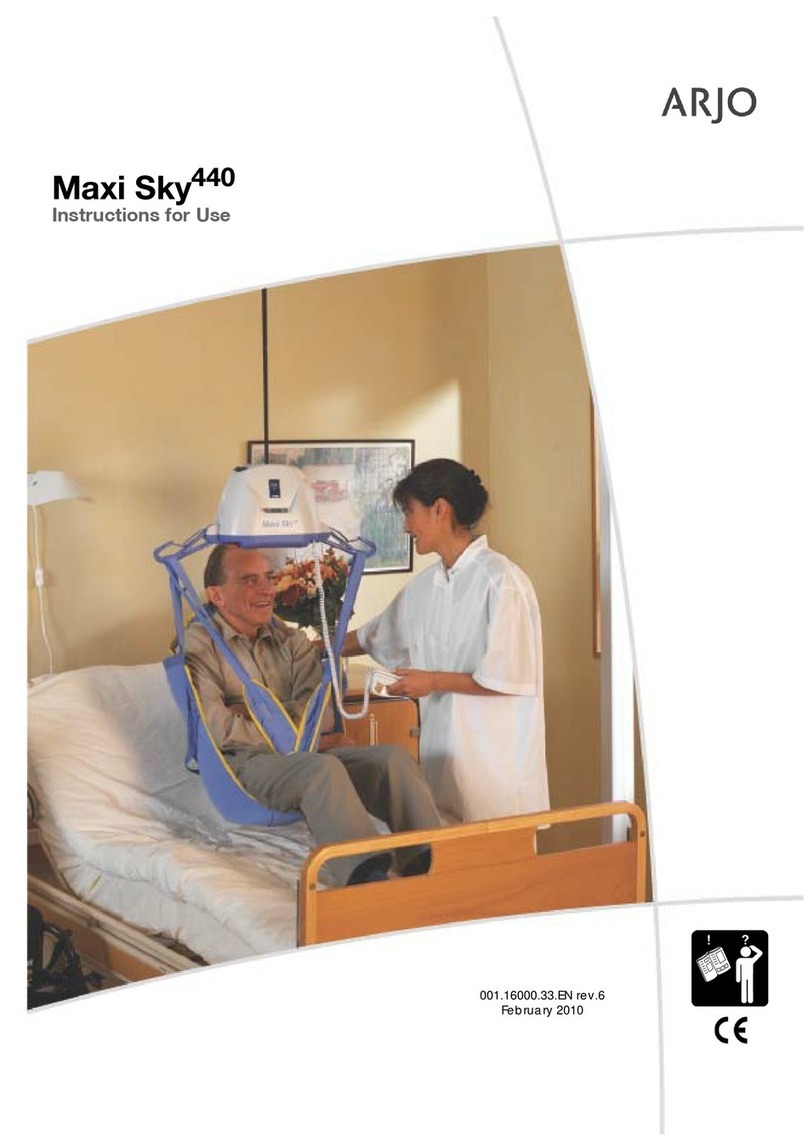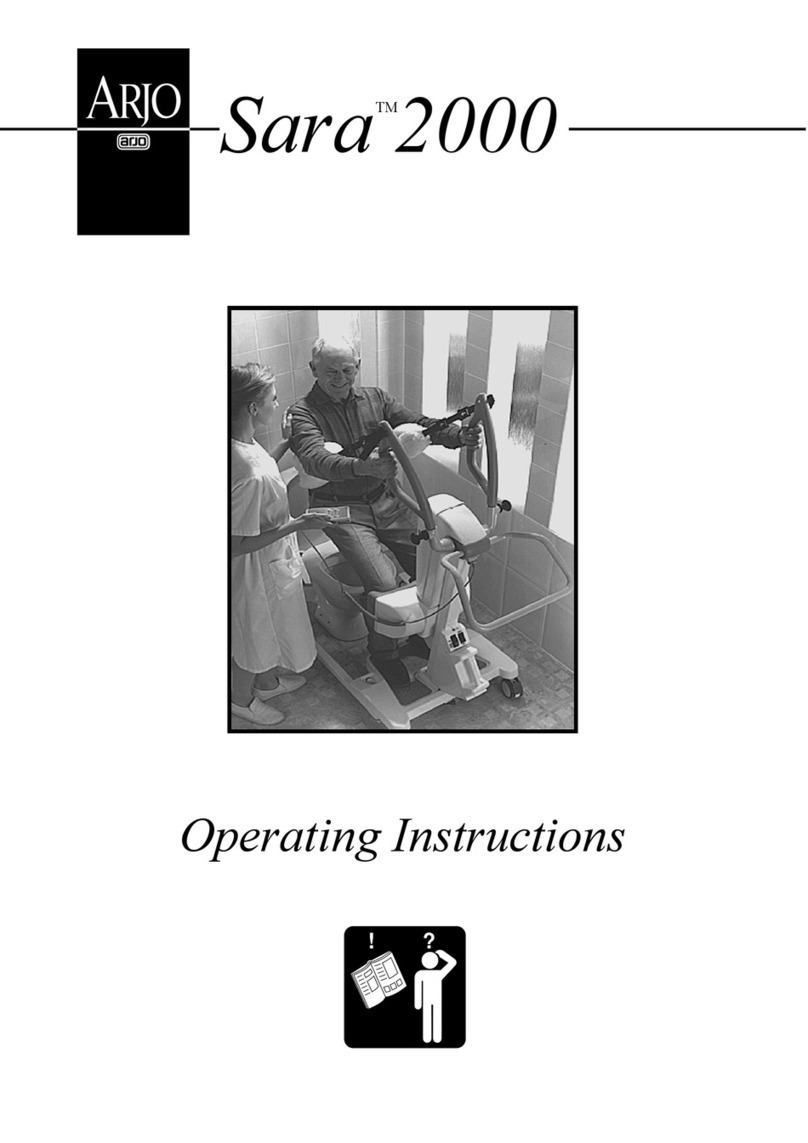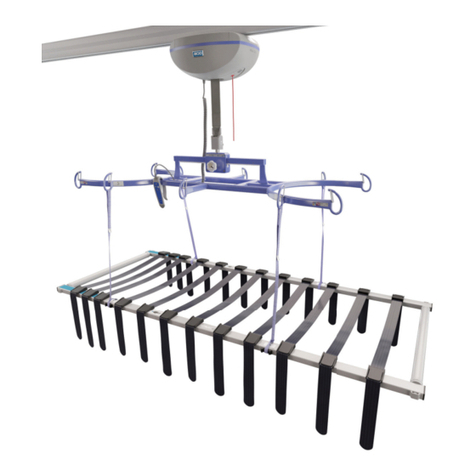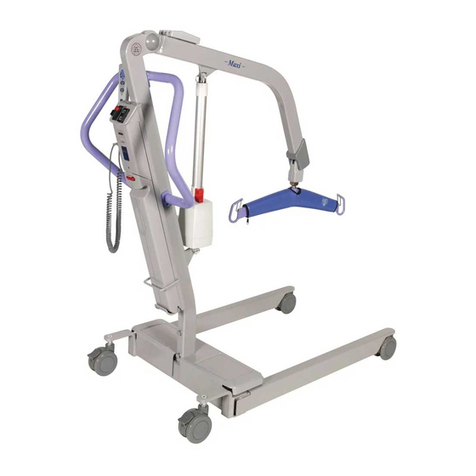
3
Table of Contents
001.08075.04 rev13
General Information................................................................................................................................. 4
Foreword .......................................................................................................................................... 4
Suitability ....................................................................................................................................... 4
Service and Support ...................................................................................................................... 4
Manufacturer Information............................................................................................................... 5
Distributor Information ................................................................................................................... 5
Definitions Used in this Manual ..................................................................................................... 5
Intended Use ................................................................................................................................. 5
Operational Life ............................................................................................................................. 5
Product Identification ..................................................................................................................... 5
How to Use this Manual................................................................................................................. 5
Symbols Used................................................................................................................................ 6
Safety Instructions................................................................................................................................... 7
General Instructions ......................................................................................................................... 7
Safe Working Load ........................................................................................................................ 7
Important Safety Directions .............................................................................................................. 8
Shock Prevention........................................................................................................................... 8
Fire and Explosion Prevention....................................................................................................... 8
Human and Environmental Safety Practices ................................................................................. 9
Battery and Battery Charger Safety Practices ............................................................................... 9
Homecare Environment Considerations ........................................................................................ 9
Parts Designation .................................................................................................................................. 10
Voyager Lift and Charging Station.................................................................................................. 10
Hand Control .................................................................................................................................. 11
How to Use the Voyager........................................................................................................................ 12
Before Approaching the Patient................................................................................................... 12
Transferring the Patient ............................................................................................................... 13
Emergency Lowering ................................................................................................................... 14
Emergency Brake ........................................................................................................................ 14
Battery Information ...................................................................................................................... 14
Charging the Battery.................................................................................................................... 15
Care and Maintenance........................................................................................................................... 16
Preventive Maintenance Schedule .............................................................................................. 16
User Inspections............................................................................................................................. 16
Inspections by an Authorized Service Technician .......................................................................... 17
Cleaning the Lift.............................................................................................................................. 18
Daily Checklist ................................................................................................................................ 19
Strap Inspection........................................................................................................................... 19
Handling and Storage .................................................................................................................. 19
Battery Replacement ................................................................................................................... 19
Verification of the Charger’s Power Source................................................................................. 20
Sling Inspection and Care .............................................................................................................. 20
Annual Inspection ........................................................................................................................... 20
UK Regulation.............................................................................................................................. 20
Troubleshooting..................................................................................................................................... 21
Labels on the Lift ................................................................................................................................... 23
Technical Specifications....................................................................................................................... 24
Lift Dimensions ............................................................................................................................... 25
Electromagnetic Compatibility ............................................................................................................. 26
Electromagnetic Compliance ....................................................................................................... 26
Electromagnetic Emissions.......................................................................................................... 26
Electromagnetic Immunity ........................................................................................................... 27
Table of Contents




















